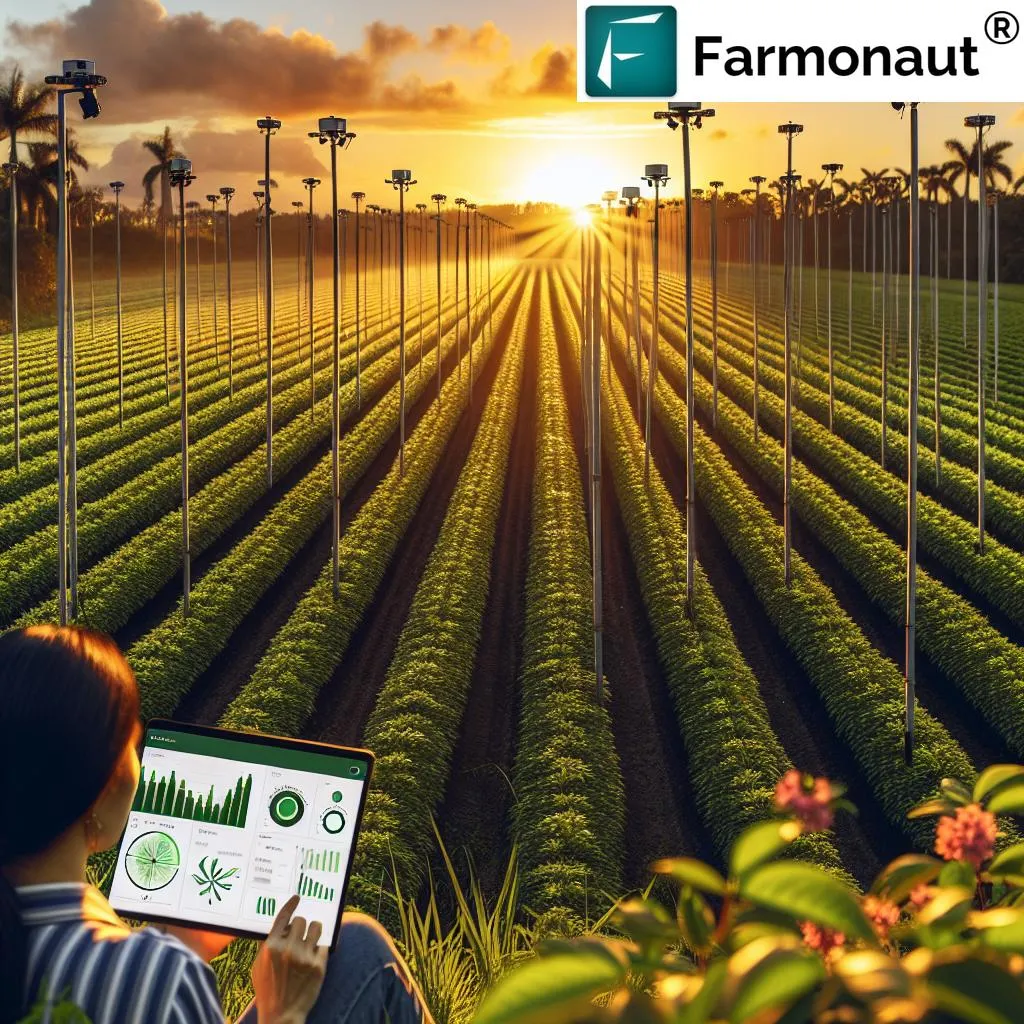In the rapidly evolving world of precision agriculture, drones have become indispensable tools for farmers, offering a bird’s-eye view of crop health and enabling timely interventions. However, the real magic happens when these aerial images are coupled with advanced deep learning models that can detect plant stress and diseases with remarkable accuracy. A recent study published in *AgriEngineering* (translated from Arabic as “Agricultural Engineering”) has shed light on the most effective deep learning models for this task, with significant implications for the agricultural and energy sectors.
The research, led by Yousef-Awwad Daraghmi from the Computer System Engineering Department at Palestine Technical University–Kadoorie, compares three state-of-the-art object detection models: YOLOv8, RetinaNet, and Faster R-CNN. The goal was to identify the most robust and efficient model for real-time plant stress detection using drone-captured images.
“Precision agriculture is not just about capturing data; it’s about making sense of that data quickly and accurately,” Daraghmi explained. “Our study aimed to find the best model that can handle the challenges of limited data and provide real-time insights to farmers.”
The study used a real-world dataset from potato farms, containing images of both healthy and stressed plants. The stress was caused by various biotic and abiotic factors, making the dataset diverse and representative of real-world scenarios. The models were evaluated under two conditions: limited data (360 images) and expanded data (1560 images after augmentation).
The results were clear: YOLOv8 variants outperformed the other models in both accuracy and speed. YOLOv8 achieved mean Average Precision at 50% IoU (mAP@50) ranging from 0.798 to 0.861 and inference times ranging from 11.8 ms to 134.3 ms. In contrast, RetinaNet and Faster R-CNN variants achieved lower mAP@50 values (0.587 to 0.628) and higher inference times (118.7 ms to 288 ms).
These findings have significant commercial implications, particularly for the energy sector. As the world shifts towards sustainable energy sources, the demand for bioenergy crops is on the rise. Efficient monitoring of these crops can lead to increased yields and reduced energy costs. Moreover, the ability to detect plant stress early can prevent crop losses and ensure a steady supply of biomass for energy production.
The study also highlights the importance of data augmentation in improving model performance. With limited data, the models struggled to achieve high accuracy. However, after augmenting the dataset, the performance of all models improved significantly. This underscores the need for more diverse and representative datasets in agricultural research.
Looking ahead, this research could shape the future of precision agriculture by promoting the adoption of more efficient and accurate deep learning models. As Daraghmi noted, “The future of agriculture lies in the integration of advanced technologies like drones and deep learning. Our study is a step towards making this integration more effective and efficient.”
In conclusion, the study published in *AgriEngineering* provides valuable insights into the most effective deep learning models for plant stress detection using drone data. The findings have significant implications for the agricultural and energy sectors, paving the way for more sustainable and efficient crop monitoring practices. As the world continues to grapple with the challenges of climate change and food security, such advancements in precision agriculture are more crucial than ever.

